- Author Jason Gerald [email protected].
- Public 2023-12-16 10:50.
- Last modified 2025-06-01 06:05.
If you are a computer administrator and need to access another user's account, you can use the “net sure” command to change the password for that account. If you are locked out of your computer or do not have administrator privileges, you can use the Windows installation disc to access the “net user” command and change any user's password.
Step
Method 1 of 2: Using Administrator Access
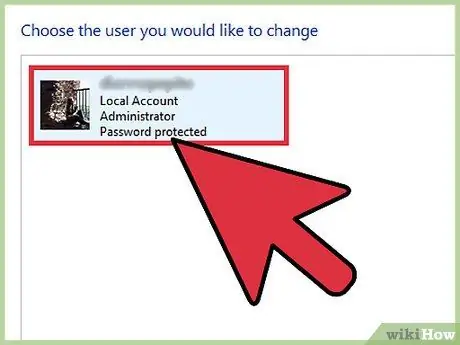
Step 1. Log in to the Windows computer using an account with administrator access
If you can log into your computer using an administrator, you can easily change passwords for other accounts.
If you're locked out of your computer or can't access your administrator account, read the next segment
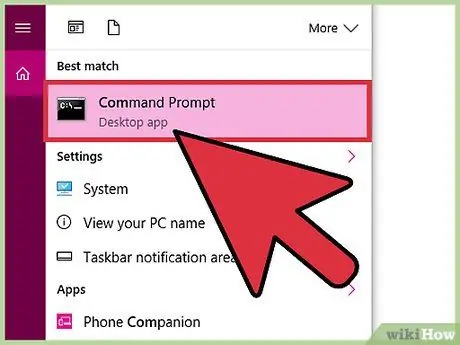
Step 2. Open the Command Prompt program as administrator
You need to open the program as an administrator, even after logging into an account with administrator access.
- Windows 7 and earlier versions - Open the “Start” menu, right-click “Command Prompt”, and select “Run as administrator“. Confirm your choice to open the Command Prompt program afterwards.
- Windows 8 and later versions - Right-click the Windows key and select "Command Prompt (Admin)". Confirm selection when prompted by “User Account Control”.
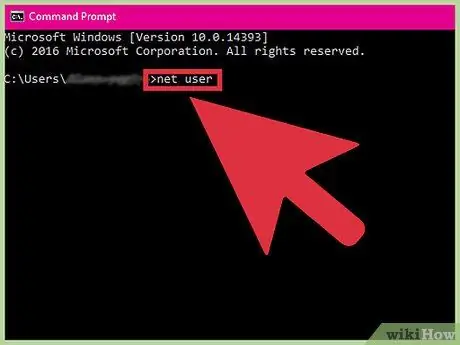
Step 3. Type
net users and press the button Enter.
A list of user accounts stored on the computer will be displayed. Accounts are shown in columns by permission level.
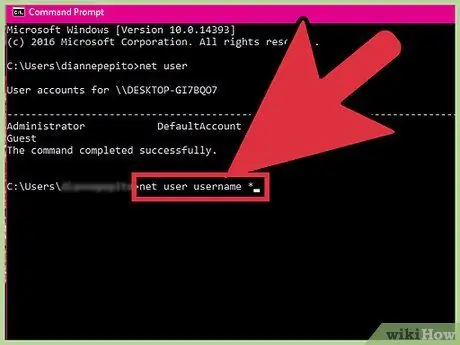
Step 4. Type
net user username * and press Enter.
You will be asked to create a new password for the username.
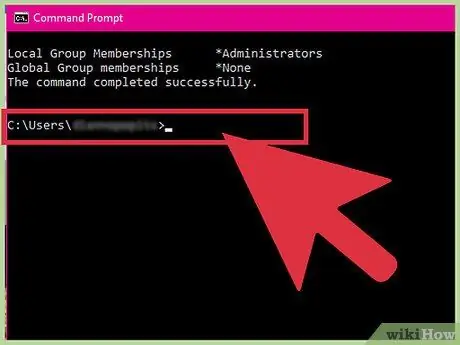
Step 5. Enter a new password
Type in the password twice to confirm. The new password will take effect immediately.
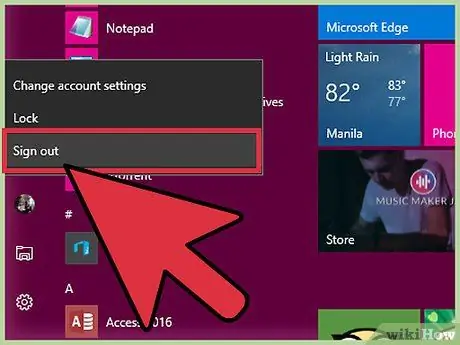
Step 6. Sign in using the new password
You can use the password to access the user account. Log out of the currently active user account session and log in to the target account using the new password.
Method 2 of 2: No Administrator Access

Step 1. Locate or create a Windows installation disc
If you can't access an administrator account on your computer, you can use a Windows installation disc as an alternative. However, you need the same installation version as the version of Windows you are using. The disc used does not have to be the same as the disc that came with the computer purchase package.
If you have an ISO copy of your Windows mount disc, you can burn it to a blank DVD or copy it to a bootable (bootable) USB drive. Read the article on how to install Windows 7 using a flash drive for further instructions on creating a USB drive that can be loaded with Windows installation files

Step 2. Attach the disc or drive to the computer you want to access
You will need to use the installation disc to access administrator controls and change user passwords.
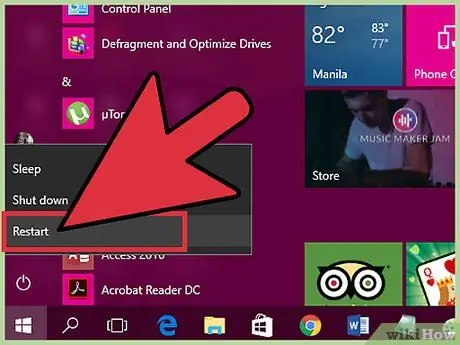
Step 3. Restart the computer and open the BIOS or BOOT menu
The menu needs to be accessed before the Windows logo is displayed, and the process that needs to go through is slightly different, depending on the version of Windows running on the computer:
- Windows 7 and earlier - Press the BIOS, SETUP, or BOOT key when the computer is just starting up. The key combinations that need to be pressed are different for each manufacturer and are usually shown on the loading logo page. Some commonly used keys or combinations are: F2, F10, F11, and Del. After accessing the BIOS or SETUP menu, select the “BOOT” or “BOOT ORDER” option.
- Windows 8 and later - Open the “Start” menu or window and right-click the power button. Hold down Shift key and click " Restart ". Select the "Troubleshoot" option, then click "Advanced options". Select the "UEFI Firmware Settings" option from the menu. After that, open the BOOT menu.
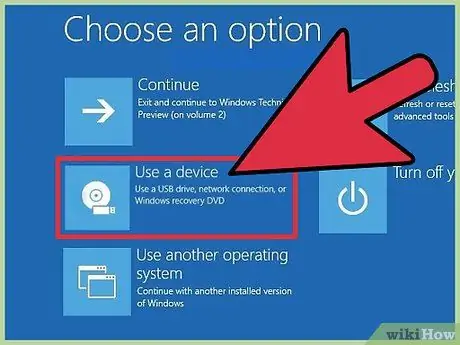
Step 4. Select the mount disk or USB drive as the device that needs to be loaded first
The exact process is different for each computer, but generally you need to assign a number to the disk/drive so that the computer loads the disk or USB drive first before the hard drive. In some BIOS programs, this option is referred to as "Boot Order" (load order) and often, you can see a menu option to change the loading order ("Change Boot Order"). Don't be surprised if you find that the CD drive is already set as the first drive to load. In a situation like this, you don't need to change anything in the BIOS, SETUP or BOOT sequence.
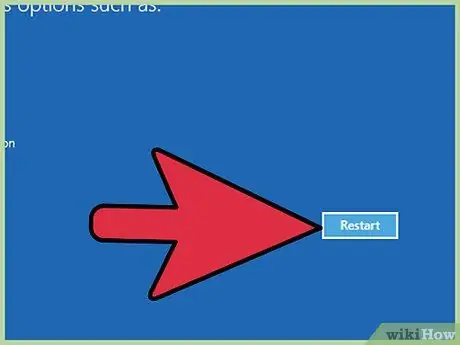
Step 5. Restart the computer and start the Windows setup process (“Windows Setup”)
Press the key to run the Windows Setup program and allow the installation files to load. This process may take a minute or several.

Step 6. Select the language and input options
Usually, you can leave these two options as they are (using the default settings).
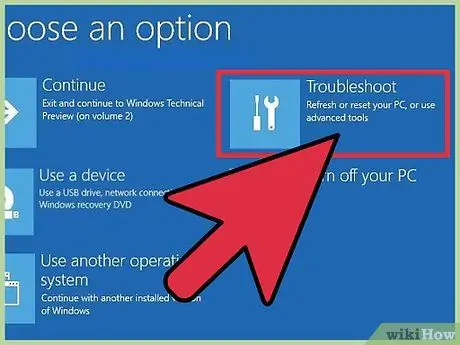
Step 7. Click the "Repair your computer" button at the bottom left corner of the screen
This option is on the same page as the "Install now" button.
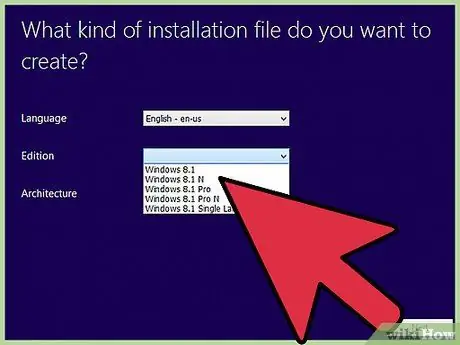
Step 8. Select the Windows installation options you want to access
Usually there is only one option in the displayed list.
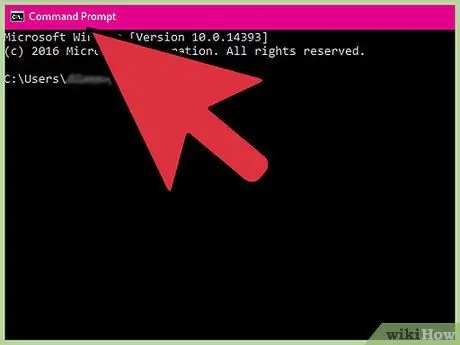
Step 9. Select “Command Prompt” from the “System Recovery Options” menu
The Command Prompt program will open in a new window.
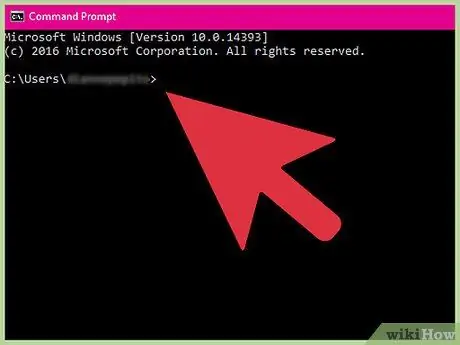
Step 10. Enter the command to gain access to the Command Prompt from the login menu
With the following commands, you can access the Command Prompt program from your computer's logon window. After that, you can change the password of any account. Enter these commands in the following order:
- cd\ Enter
- cd windows\system32 Enter
- ren utilman.exe utilman.exe.bak Enter
- copy cmd.exe utilman.exe Enter

Step 11. Eject the installation disc and restart the computer
After making the necessary changes, you can restart your computer and start changing your password. Remove the disc or drive before restarting the computer to allow the computer to load the hard drive as usual.
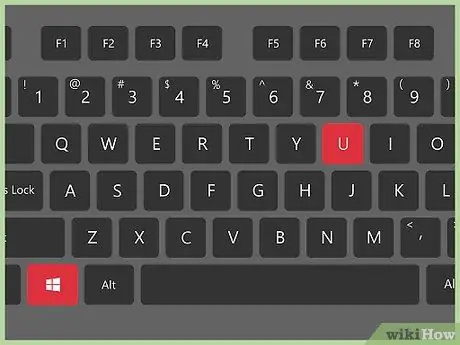
Step 12. Press
Win+U on the Windows logon page.
Normally, the “Accessibility Manager” window will open, but since you've made changes to system files, the Command Prompt program will start.
Press Alt+Tab if the window is not immediately visible. It is possible that the Command Prompt window is hidden behind the login page
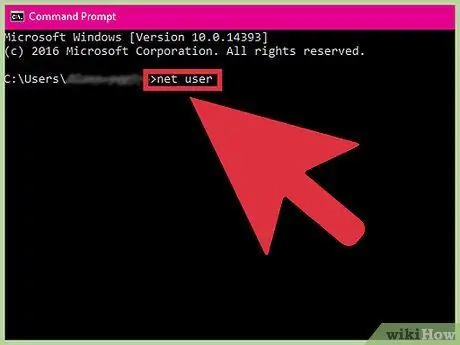
Step 13. Type in
net users and press the button Enter.
A list of accounts stored on the computer will be displayed. Administrator accounts are in the left column, regular accounts are in the middle column, while guest accounts are in the right column.
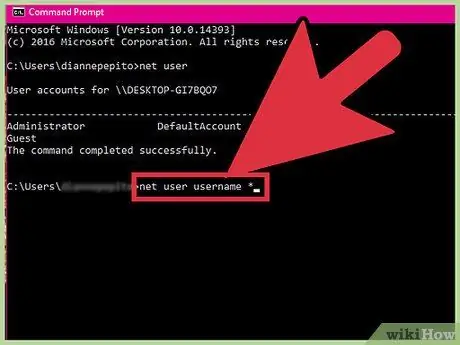
Step 14. Type in
net user account username * and press the button Enter.
Replace the account username with the name of the account you want to access.
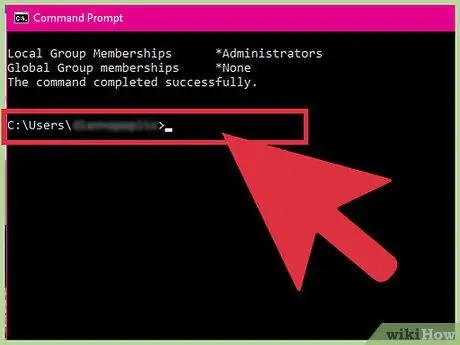
Step 15. Create a new password
Type in the new password when prompted, and re-enter the entry to confirm. You may need to delete existing passwords by pressing Enter on each line as deleting passwords is less suspicious. Password changes can actually be noticed by account users when they are going to use the computer and make them suspicious.
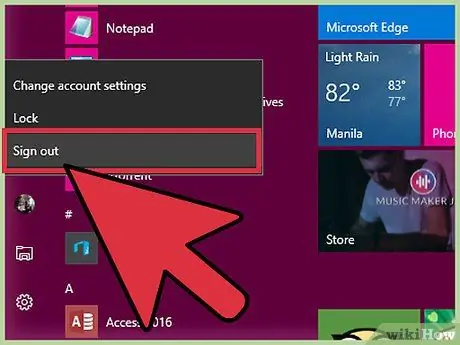
Step 16. Log in to the user account with the new password
The password entry you create will take effect immediately. Return to the Windows login page and use the password to access the desired account.






